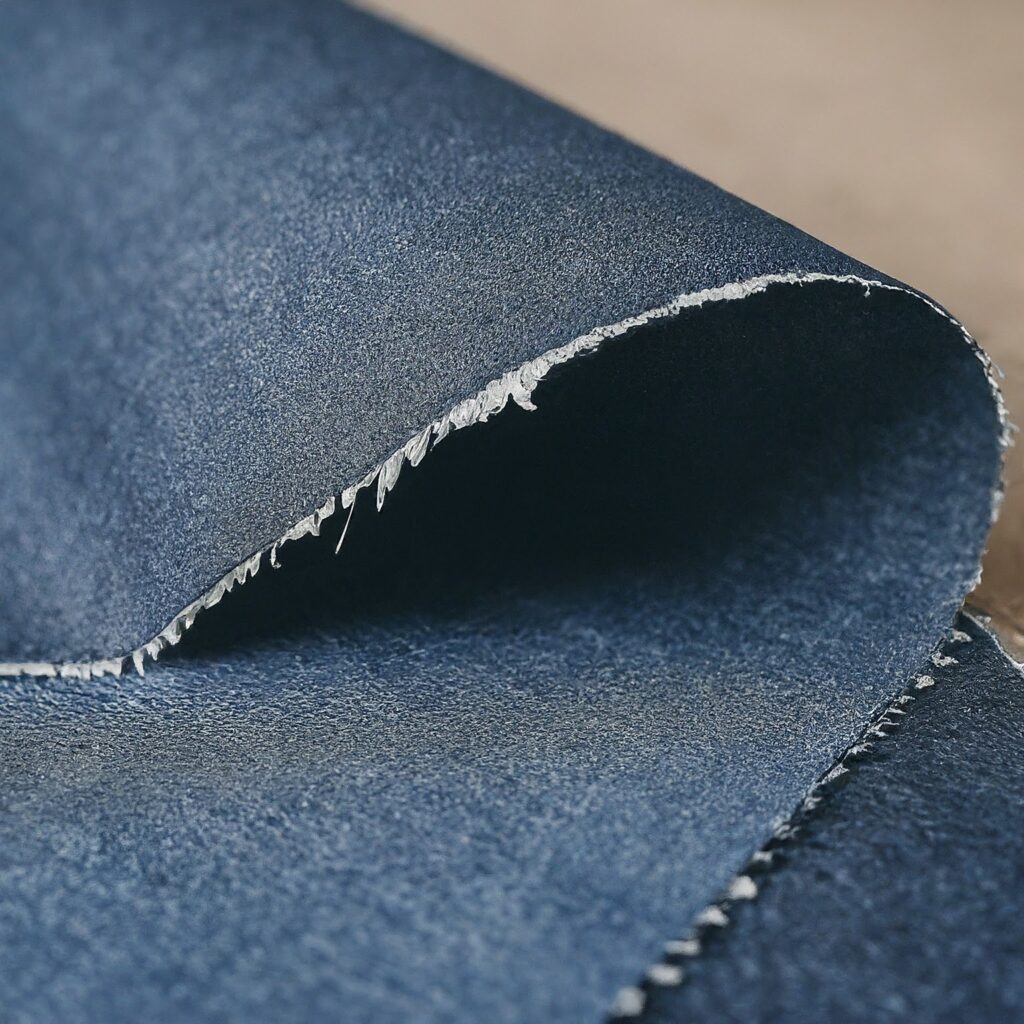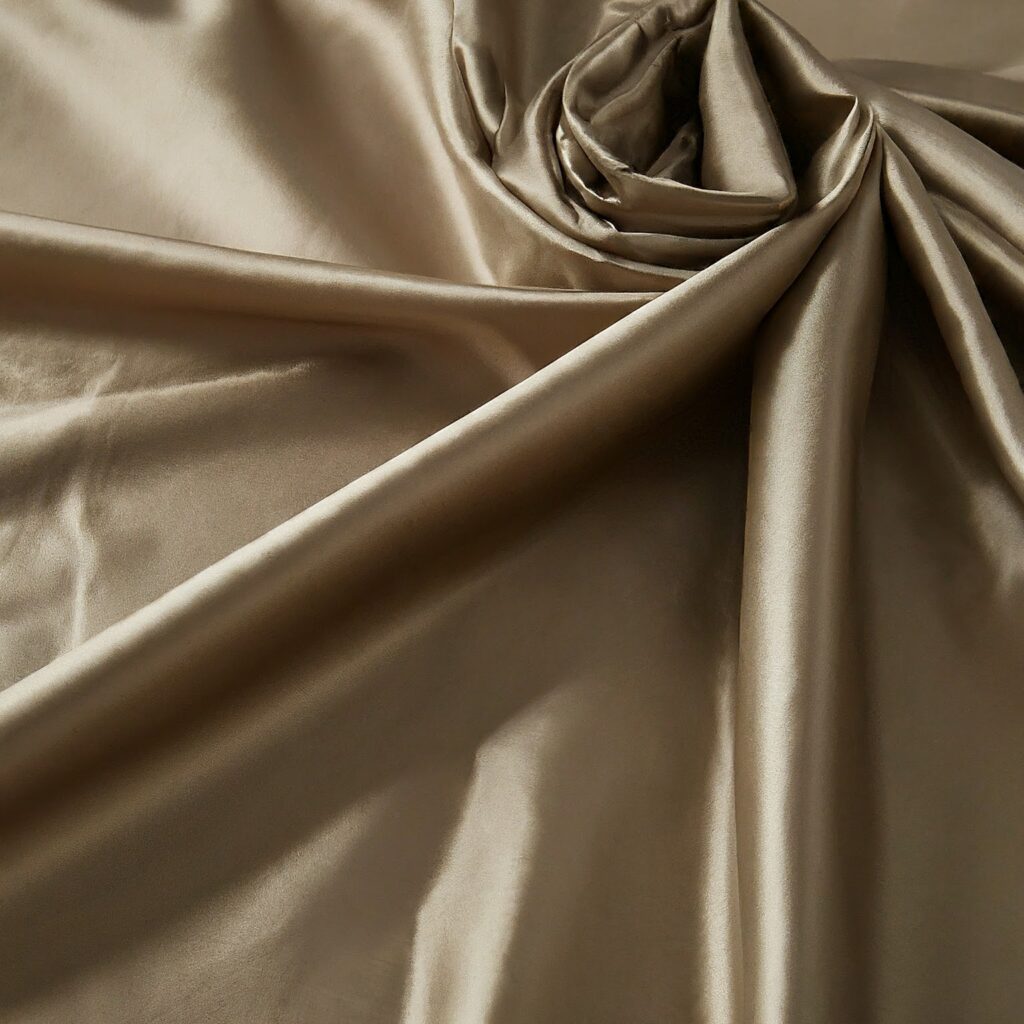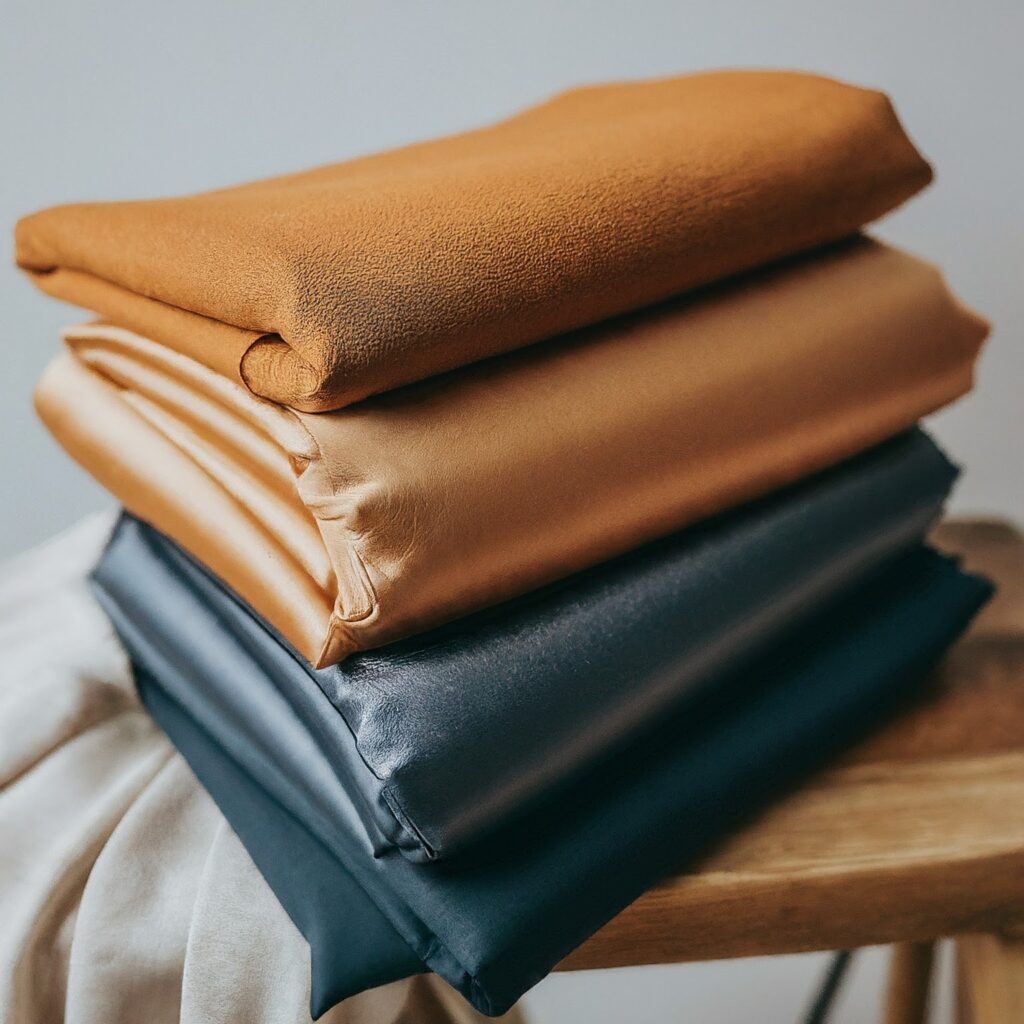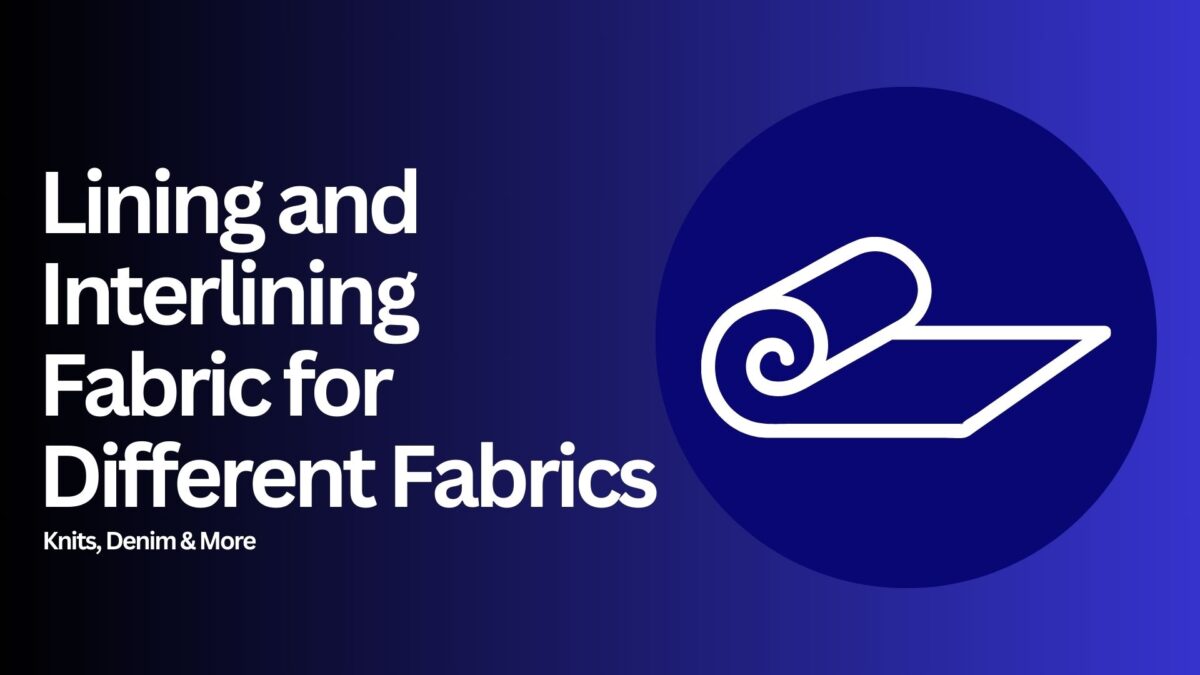Lining and Interlining Fabric for Different Fabrics | Knits, Denim & More
When it comes to garment construction, choosing the right lining and interlining fabric can make all the difference. Whether you’re working with knits, denim, or any other fabric, the right lining and interlining not only enhance the look of your garment but also its durability and comfort. Let’s dive into how you can make the best choices for different fabrics to achieve stunning results.
Table of Contents
- What is Lining and Interlining Fabric?
- Why Lining and Interlining Matter
- Lining and Interlining for Knits
- Lining and Interlining for Denim
- Lining and Interlining for Other Fabrics
- How to Choose the Right Lining and Interlining Fabric
- Tips for Using Lining and Interlining Fabric Effectively
- Conclusion

What is Lining and Interlining Fabric?
lining and interlining fabric is used on the inside of garments to provide a finished look and improve wearability. It hides seams, adds comfort, and often makes the garment easier to put on and take off.
Interlining fabric, on the other hand, is used between the outer fabric and the lining to add structure, support, and insulation. Unlike lining and interlining is not usually visible from the outside but plays a crucial role in the garment’s overall appearance and durability.
Why Lining and Interlining Matter
Using the right lining and interlining fabric is essential for several reasons:
- Enhances Structure: Provides necessary support and shape to garments. Woven interlining, for example, offers substantial structure.
- Improves Comfort: Makes the garment more comfortable to wear by reducing friction and adding softness.
- Increases Durability: Helps garments withstand wear and tear. Non woven fusible interlining can be particularly effective in this regard.
- Adds Professional Finish: Gives a clean, finished look to the inside of your garments.
Choosing the right lining and interlining can transform your garment, making it look polished and professional while ensuring it lasts longer.

Lining and Interlining for Knits
Knits are stretchy fabrics that require special consideration when choosing lining and interlining fabric:
- Lining for Knits: Opt for a lightweight, stretchable lining fabric like polyester or spandex. This allows the lining to move with the fabric without adding bulk or restricting stretch.
- Interlining for Knits: Use a stretchable interlining that complements the fabric’s natural stretch. Fusible interlining can work well if it maintains flexibility.
For knits, flexibility is key. Choose linings and interlinings that can move with the fabric to maintain comfort and fit.

Lining and Interlining for Denim
Denim is a sturdy fabric that requires specific types of lining and interlining fabric:
- Lining for Denim: A soft cotton or cotton blend lining works well to add comfort without compromising the durability of the denim.
- Interlining for Denim: For added structure, use a heavyweight interlining such as canvas or non woven interlining. This provides support while retaining the garment’s shape.
When working with denim, you need linings and interlinings that complement its robustness while enhancing comfort and maintaining shape.
Lining and Interlining for Other Fabrics
Different fabrics require different approaches:
- Silk and Satin: Use silk lining or polyester for a smooth, luxurious feel. Lightweight interlining helps maintain the fabric’s flow.
- Wool: A soft wool lining keeps warmth while a medium-weight interlining adds structure and shape.
- Cotton: A cotton lining is breathable and comfortable. For interlining, a lightweight or medium-weight option works best.
Tailoring your choice of lining and interlining to the fabric ensures that each garment is both functional and aesthetically pleasing.

How to Choose the Right Lining and Interlining Fabric
Selecting the appropriate lining and interlining fabric involves several considerations:
- Fabric Type: Match the lining and interlining to the outer fabric’s weight and texture. For instance, use woven interlining for structured fabrics and non woven interlining for softer ones.
- Garment Purpose: Consider the garment’s intended use (e.g., formal vs. casual) to determine the level of structure and comfort needed.
- Desired Effect: Decide whether you want extra support, a smooth finish, or enhanced comfort. Interlining fusible or fusing interlining might be required for additional support.
Choosing wisely ensures that your garment meets both your design and functional needs.

Tips for Using Lining and Interlining Fabric Effectively
To get the most out of your lining and interlining fabric, follow these tips:
- Pre-Wash Fabrics: Wash and iron your lining and interlining fabrics before use to prevent shrinkage and ensure a perfect fit.
- Use Proper Techniques: Ensure that linings and interlinings are attached correctly to avoid puckering or shifting. Woven fusible interlining can help in creating a seamless finish.
- Test on Scraps: Always test your chosen linings and interlinings on fabric scraps before applying them to your final garment.
Following these tips will help you achieve a professional finish and enhance the overall quality of your garments.
Conclusion
Choosing the right lining and interlining fabric for your projects is crucial in achieving high-quality, well-constructed garments. Whether you’re working with knits, denim, or other fabrics, understanding how to select and use the appropriate lining and interlining can make all the difference in the final result.
By considering the fabric type, garment purpose, and desired effects, you can ensure that your garments not only look great but also offer comfort and durability. With the right lining and interlining, your garments will have that polished, professional touch that makes them stand out.
Link of related Articles
- Benefits of using both lining and interlining fabric
- Interlining Fabric Characteristics | Complete Guide
- What is Interlining and Why Does Your Coat Need It ? | Ultimate Guide

